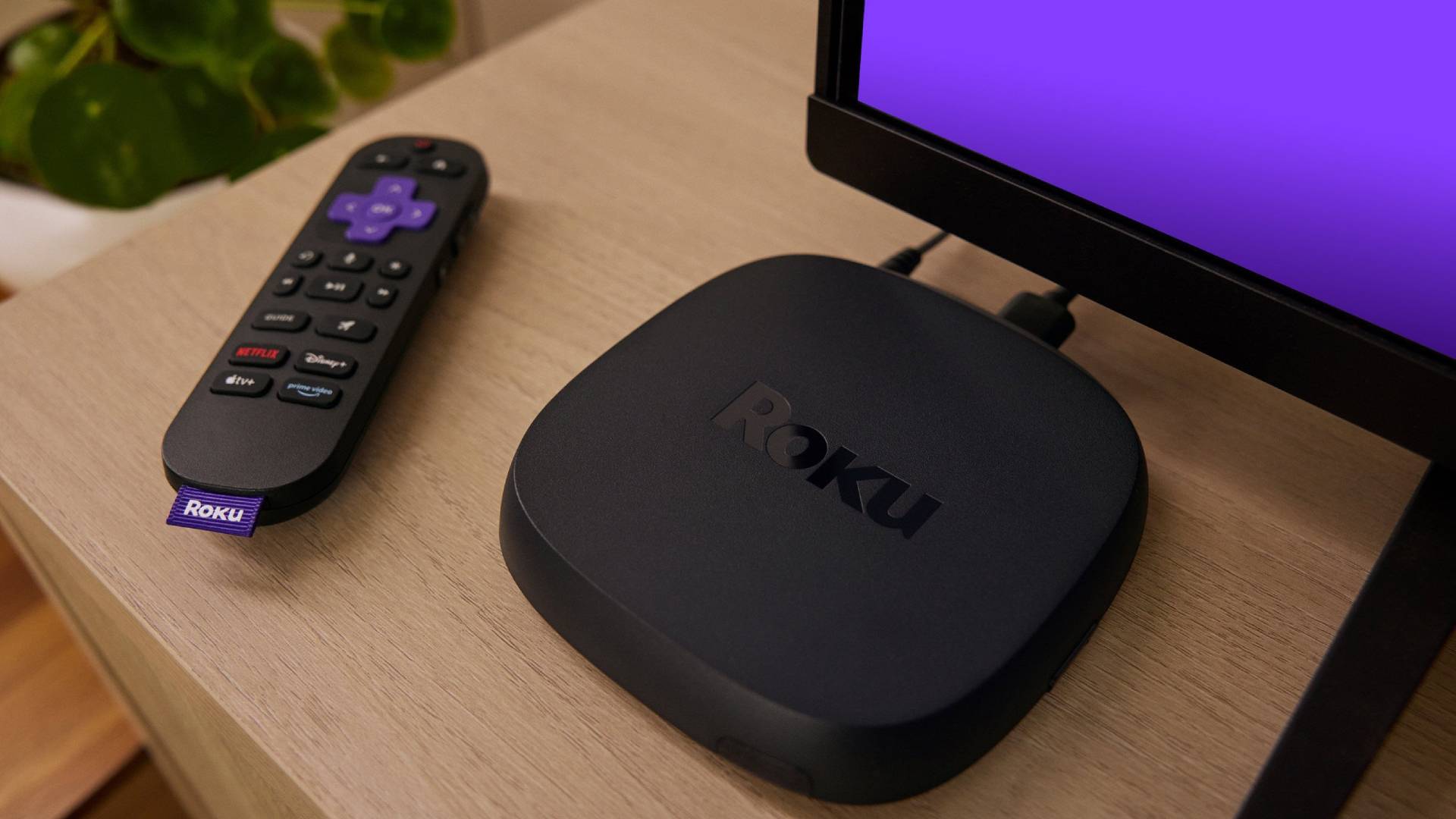Whiten Your Way to Confidence: Exploring Teeth Whitening Techniques
Are you tired and embarrassed by yellowing teeth? Do you want to get them treated? Get teeth whitening. Learn more about Teeth Whitening in Dubai & Abu Dhabi.

A bright, white smile is often associated with health, beauty, and confidence. As one of the most noticeable features of our appearance, our teeth can significantly influence how we perceive ourselves and how others perceive us. However, factors like aging, dietary choices, and lifestyle habits can lead to stained or discolored Teeth Whitening in Dubai, making many seek ways to restore their smile. Fortunately, various teeth whitening techniques are available, each with unique benefits, procedures, and results. This article explores the most popular methods for achieving a brighter smile, helping you choose the best option for your needs.
Understanding Teeth Discoloration:
Before diving into the various whitening techniques, it’s essential to understand the reasons behind teeth discoloration. The main causes of stained teeth can be classified into two categories: intrinsic and extrinsic.
Extrinsic Stains:
Extrinsic stains are caused by external factors affecting the outer layer of the teeth, known as the enamel. Common culprits include:
- Food and Beverages: Dark-colored foods and drinks, such as coffee, tea, red wine, and berries, can lead to surface stains.
- Tobacco Use: Smoking or chewing tobacco products can cause significant discoloration over time.
- Poor Oral Hygiene: Inadequate brushing and flossing can lead to plaque buildup and staining.
Intrinsic Stains:
Intrinsic stains occur within the tooth structure, usually due to:
- Aging: As we age, the enamel thins, revealing the darker dentin beneath.
- Medications: Certain medications, such as tetracycline antibiotics, can cause discoloration when taken during childhood or pregnancy.
- Fluorosis: Excessive fluoride exposure during childhood can result in white or brown spots on teeth.
Understanding these causes can help individuals take preventive measures and choose the most suitable whitening techniques.
Over-the-Counter Teeth Whitening Products:
For those seeking quick and affordable solutions, over-the-counter (OTC) whitening products are widely available. These options typically include:
Whitening Toothpaste:
Whitening toothpaste contains mild abrasives and chemical agents that help remove surface stains. While they can brighten teeth by one or two shades, they may not significantly impact deeper stains. Regular use can help maintain a brighter smile alongside proper oral hygiene practices.
Whitening Strips:
Whitening strips are thin, flexible plastic strips coated with a peroxide-based gel. They are placed on the teeth for a specified period, typically 30 minutes to an hour. Most users can achieve noticeable results within a few days to weeks, depending on the product's strength. However, some individuals may experience tooth sensitivity or gum irritation.
Whitening Gels and Pens:
These products are applied directly to the teeth using a brush or pen-like applicator. They often contain carbamide peroxide or hydrogen peroxide and can provide quick results. Users should follow the instructions carefully, as overuse can lead to sensitivity.
Whitening Rinses:
Whitening mouthwashes combine teeth whitening agents with antibacterial properties. While they may help freshen breath and reduce plaque, they are generally less effective than other whitening products, requiring regular use over time for noticeable results.
Professional Teeth Whitening Treatments:
For those seeking more dramatic results, professional whitening treatments performed by dentists are highly effective. These options typically offer faster results and are tailored to individual needs.
In-Office Whitening:
In-office whitening procedures are conducted by dental professionals and can lighten teeth by several shades in just one session. The process usually involves:
- Preparation: The dentist will examine the teeth and gums, ensuring that the patient is a suitable candidate for whitening.
- Application of Whitening Agent: A stronger peroxide solution is applied to the teeth, often accompanied by a special light or laser to enhance the whitening effect.
- Rinsing and Final Touches: After a set period, the whitening agent is rinsed off, and additional applications may be made to achieve desired results.
In-office treatments typically yield immediate and dramatic improvements, making them ideal for special occasions.
Take-Home Kits:
Dentists may also provide customized take-home whitening kits. These kits usually include custom-fitted trays and a professional-grade whitening gel. Patients wear the trays for a specified duration, typically a few hours a day or overnight, for several days or weeks. This method offers the convenience of whitening at home while still delivering more significant results than OTC products.
Natural Teeth Whitening Methods:
Some individuals may prefer natural remedies for teeth whitening, believing they are safer or more gentle on the teeth. While scientific backing may vary, popular methods include:
Baking Soda:
Baking soda is a mild abrasive that can help remove surface stains. Mixing a small amount with water to create a paste and using it as a toothpaste alternative can provide some whitening benefits. However, excessive use may wear down the enamel, so moderation is key.
Activated Charcoal:
Activated charcoal is known for its adsorbent properties and is often touted as a natural teeth whitener. Some people brush with activated charcoal powder, claiming it helps remove stains. However, its effectiveness and safety are debated, and regular use is not generally recommended.
Oil Pulling:
Oil pulling involves swishing oil (often coconut or sesame oil) in the mouth for 15-20 minutes. Proponents believe this practice can remove toxins and bacteria, leading to whiter teeth. While some individuals report benefits, scientific evidence supporting its effectiveness for teeth whitening is limited.
Choosing the Right Method for You:
When deciding on a teeth whitening technique, several factors should be considered:
- Severity of Stains: For mild stains, OTC products may suffice, while deeper discoloration might require professional treatment.
- Sensitivity: Those with sensitive teeth should consult a dentist to find a suitable option that minimizes discomfort.
- Time and Budget: In-office treatments offer quick results but can be costly, while at-home options are generally more affordable but require more time and consistency.
Conclusion:
Achieving a bright, white smile is within reach through various teeth whitening techniques. Whether opting for OTC products, professional treatments, or natural remedies, each method has its unique advantages and considerations. The key is to choose an approach that aligns with your needs, preferences, and budget. A confident smile can transform your self-esteem and enhance your overall appearance—so take the first step toward a brighter future today!
What's Your Reaction?
 Like
0
Like
0
 Dislike
0
Dislike
0
 Love
0
Love
0
 Funny
0
Funny
0
 Angry
0
Angry
0
 Sad
0
Sad
0
 Wow
0
Wow
0























































